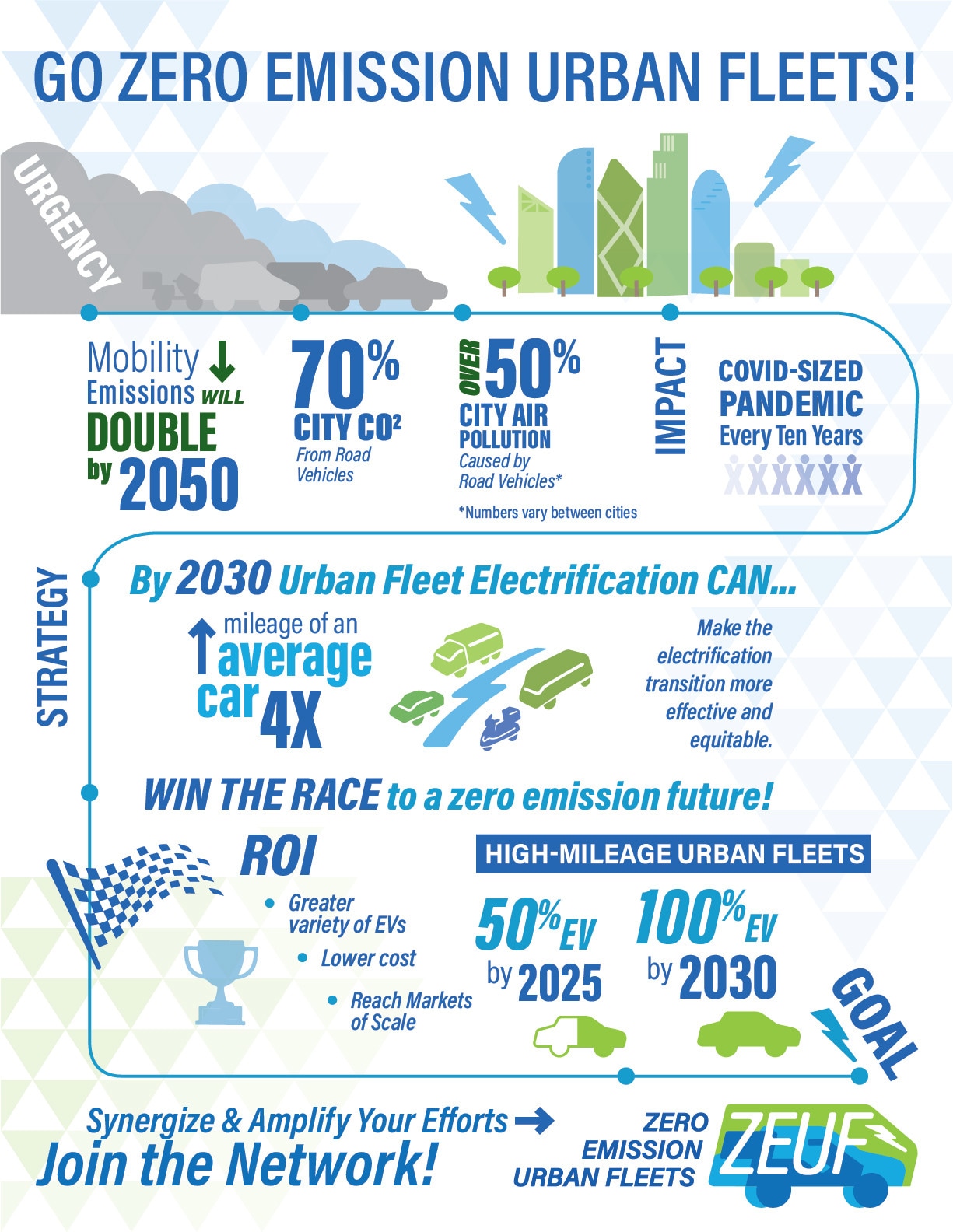Electric vehicles: The 3 main factors holding back sales

Electric vehicle sales are increasing, but the transition to cleaner transport may not be happening fast enough to meet climate targets. Image: Unsplash/Robert Linder

Get involved with our crowdsourced digital platform to deliver impact at scale
Stay up to date:
Electricity
Listen to the article
- Electric vehicles (EV) are an important part of efforts to decarbonize the transport sector.
- EV sales are increasing, but the transition to cleaner transport may not be happening fast enough to meet climate targets.
- Concerns about upfront costs, access to charging infrastructure and their driving range are preventing some drivers from making the switch to an EV.
They are quiet, comparatively inexpensive to run and gentle on the environment. So why don’t more people drive electric vehicles (EV)?
These emissions-free vehicles are seen as the future of transport, yet despite their potential to help the world decarbonize, global sales have been slow to gather momentum.
That’s not to say sales aren’t increasing. Around 4.3 million new battery-powered EVs (BEVs) and plug-in hybrid electric vehicles (PHEVs) were sold globally in the first half of 2022. BEV sales grew by 75% on the year and PHEVs by 37%. And more growth is predicted for the rest of 2022, with sales expected to rise by 57% on the year to 10.6 million.
Policy-makers in several economies have set dates to phase out the sale of petrol and diesel cars. An EU-wide ban on sales of these cars will come into force by 2035, while the UK has brought its own phase-out date forward to 2030 from 2035. China – the world’s biggest car market – is aiming for 40% of vehicles sold in the country to be electric by 2030.
As the world moves toward stricter emissions targets, there are questions about whether the global switch to EVs is happening fast enough and on a big enough scale.
A recent RAC survey in the UK shows just 14% of drivers plan for their next car to be electric, up from 10% in 2021. However, the number of drivers expecting to get an EV in the next five years dropped from 17% to just 15% over the same period.
So, what’s holding back EV sales?
These are the three main reasons why people are reluctant to make the switch from fossil fuel to battery power.
High upfront costs of electric vehicles
While electric cars are often much cheaper to run – as much as half the cost per mile – than similar-sized petrol or diesel vehicles, they are also generally more expensive to buy.
The cost of charging an electric vehicle depends on where, when and how it’s done. EV owners with charging facilities at home can take advantage of cheaper electricity rates, especially during off-peak hours.
Costs increase significantly when drivers use public chargers. Rapid or ultra-rapid chargers can push per-mile costs close to or above the running costs for petrol or diesel cars.
How is the World Economic Forum helping to scale vehicle electrification?
Russia’s invasion of Ukraine has sent energy markets into turmoil, causing a spike in the cost of electricity needed to run an EV, although pump prices for oil and diesel have also increased.
But the cost of buying an EV can also be a barrier, especially when inflation rates are high in many places and rising interest rates increase the cost of borrowing to buy a new car.
The cost of electric vehicles differs considerably from region to region, and each country has its own subsidies, taxes and incentives in place. However, in all parts of the world, new EVs are currently more expensive than their petrol or diesel equivalents, a study by the Nickel Institute found.
Limited access to charging infrastructure
A lack of public charging infrastructure is the main barrier to EV adoption globally, according to a recent study by professional services company EY.
As the chart shows, more than a third of survey respondents cited insufficient access to city charging points as the main reason for not switching to an EV. This supersedes concerns about the high price tag of an electric vehicle, which was the previous leading barrier to adoption.
While home-charging is an option for people living in properties with garages or parking spots, people without on-site parking have to rely on workplace or public charging facilities, which are unevenly distributed and can be a costly option. The RAC survey in the UK found around a third of UK drivers do not have any way of charging an electric vehicle at home.
Most electric vehicle owners do charge their vehicles at home or at their workplaces, but the number of available public charging points increased by 40% in 2021. Globally, there were around 1.8 million available in 2021, including around 600,000 fast-charging points.
Concerns about EV range
Range anxiety – worries about the distance an EV can travel on a single charge – is another main barrier to electric vehicle adoption.
Around a third of drivers from around the world say they are concerned about driving long distances in electric-powered cars, according to the EY survey.
An EV’s range largely depends on its battery capacity and motor efficiency, but it can also be influenced by factors like the weather, driving speed and whether the vehicle is operating on city roads or an open highway.
Compared to the distance a vehicle with an internal combustion engine can travel on a full tank, EVs have some way to go to close the gap – although EV ranges are increasing.

Advances in battery technology have seen the average EV range more than double in the last decade, from 138km (86 miles) in 2011 to 349km in 2021. This compares to 665km for an average fossil-fueled car in the US.
The road ahead
Battery technology has an increasingly important role to play in efforts to decarbonize transport and in other parts of the energy transition.
The World Economic Forum has brought together 42 manufacturers, raw materials producers and other organizations as part of the Global Battery Alliance, which aims to establish guiding principles for a sustainable battery supply chain by 2030.
Efforts to establish a sustainable battery industry could halve the greenhouse gas emissions of batteries by the end of the decade. Success here rests on establishing concerted, targeted and bold public-private sector collaboration, according to the Alliance.
Don't miss any update on this topic
Create a free account and access your personalized content collection with our latest publications and analyses.
License and Republishing
World Economic Forum articles may be republished in accordance with the Creative Commons Attribution-NonCommercial-NoDerivatives 4.0 International Public License, and in accordance with our Terms of Use.
The views expressed in this article are those of the author alone and not the World Economic Forum.
The Agenda Weekly
A weekly update of the most important issues driving the global agenda
You can unsubscribe at any time using the link in our emails. For more details, review our privacy policy.
More on ElectricitySee all
Francisco Laverón, Randolph Brazier, Natalia Zabolotnikova and Xabier Mugarza Zorriqueta
March 26, 2024
Johnny Wood
February 8, 2024
Cristen Hemingway Jaynes
February 5, 2024
Jamie Wylie and Adrienne Gibbs
January 18, 2024
January 17, 2024









